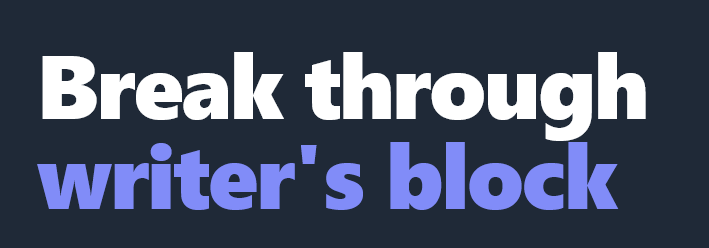Guest blog by audiobook narrator, A. C Oliver
Becoming a narrator was an easy decision for me, but I naively didn’t realize there was a lot more to the process than just reading a book out loud. Unfortunately, like many other narrators have done before me, I learned the hard way.
When I heard about ACX, I joined the site and started auditioning… without any narration training whatsoever. Granted, I have acting lessons and experience, music training and experience, and basic sound engineering training and experience, but I knew nothing about the narration process (But hey! I watched a YouTube video, so I’m good, right?!?).
Amazingly, I got picked up for a short book for a Royalty Share payment…meaning I get paid nothing unless the book sells. It was ok, however, because I needed the experience. I plugged in my USB microphone and began to record the manuscript on my Digital Audio Workstation (DAW), graciously provided free of cost by my MacBook (GarageBand).
I had too much noise, breathed way too much, read way too fast, couldn’t meet ACX sound specifications, and had no way to keep my character voices straight. It took me about 48 hours to finish this 4-hour book (the standard is half of that time maximum), but keep in mind that time was accomplished while working about one to two hours a day on the project because I have a full-time job as well. This was way, way too time-consuming. Generally, the time of a book’s per finished hour (PFH) is based on 9,000 words read per hour, and one finished hour should take about 6 total hours to produce for a beginner. I was nowhere close to that time. I was ready to quit.
Instead of quitting, I realized I should have reached out for coaching and training prior to pressing record on that first audition. I joined a Facebook group for narrators and learned very quickly how and where I screwed up. I began following the generous and plentiful advice provided by the experts, reached out for a coach, and I extended my research to narrator-specific training. The lessons learned thereafter led me to begin making investments in what would soon be a very rewarding secondary career.
I began auditioning for my second project, and I was picked up after only three auditions. Bonus: the book was part of a series, and the author wanted me to read both books, with the potential for books three and four. Winning! I read these books and saw improvements in my productions. By the time I finished my fourth book (Hop on the Bus, by Jason Caldwell), my coach said that he could teach me no more and released me to work on my own. I headed back to ACX for more auditions.
I auditioned for 62 projects and was rejected 54 times. I messaged my coach. He told me this was normal and to keep going. He listened to my auditions and said the auditions were great. I received 6 notifications during the process from the Rights Holder (RH) (either the publisher or the author), letting me know I made their shortlist (a place of hopes and dreams…the top 10 or so). Two of those made me an offer, and one of those offers I accepted.
The author of the epic sci-fi action-drama Enemy Immortal, Jim Meeks-Johnson, put me through a grueling trial period in which I had to get his approval on a 15-minute sample. This is the part we worked on getting his major characters just right, and I’m glad he was so particular about the way things sounded. Trust me, his feedback was crucial to making the entire production sound great (which of course is what I want as well because this helps me as well as him in this partnership we have formed).
We reached agreement, and I began the production process.
- Read and enjoy the manuscript straight through.
- Read the manuscript again, making annotations of character traits, types of voices, accents, special FX, and researching pronunciations.
- Record.
- Digitally master the recording by removing unwanted noises and breaths, and setting pauses just right (believe it or not, there is set timing for pauses).
- Submit to RH and await approval.
- Make any needed re-recordings and corrections suggested by RH.
- Click “I’m Done” on ACX.
- RH clicks “Approved”.
- Begin marketing.
- ACX approves and publishes the book.
- Continue marketing using the free codes offered by ACX.
- Follow up with those you gave a free code to (hopefully, these fine folks leave a review). Fun fact: only 1 out of 10 listeners take the time to leave a review, and only 1 in 6 take the time to populate a star rating).
- Either begin auditions again, or hopefully, RH has another book for me!
In this case, thankfully, I nailed Enemy Immortal, and Jim was quick to offer me book two, Umlac’s Legacy (in production now). But don’t just take my word for it. Head to your local audiobook app and look for Enemy Immortal, download, buckle up, and enjoy the ride!


